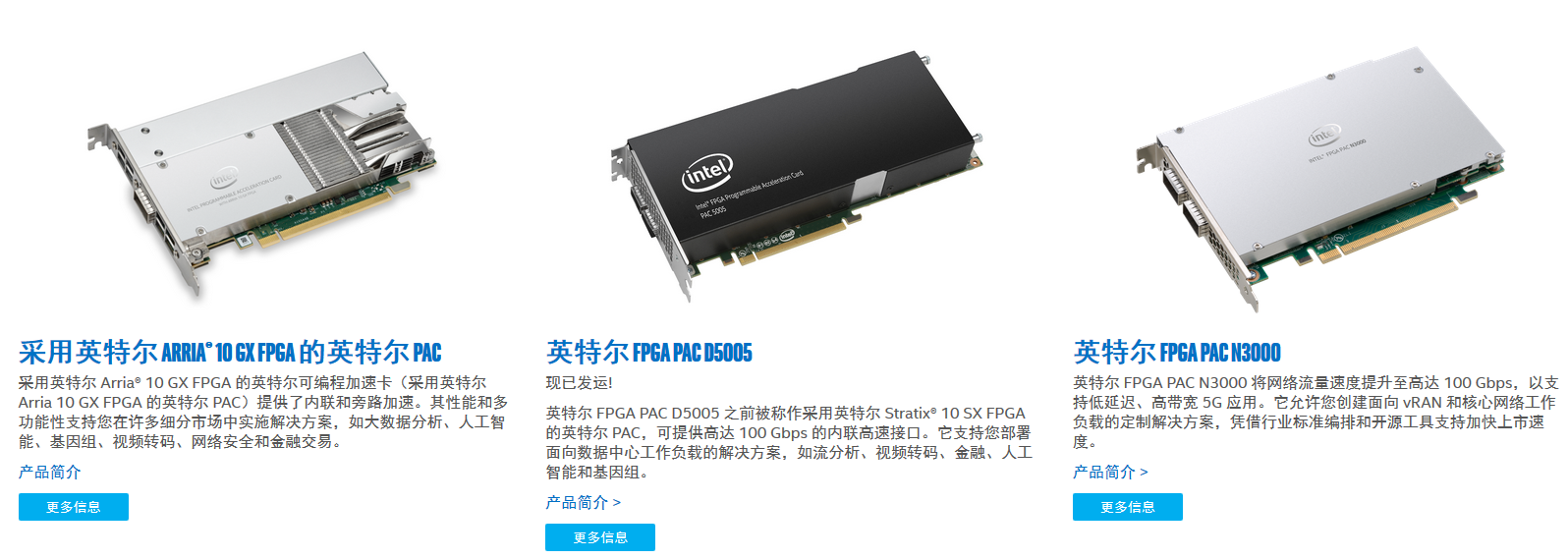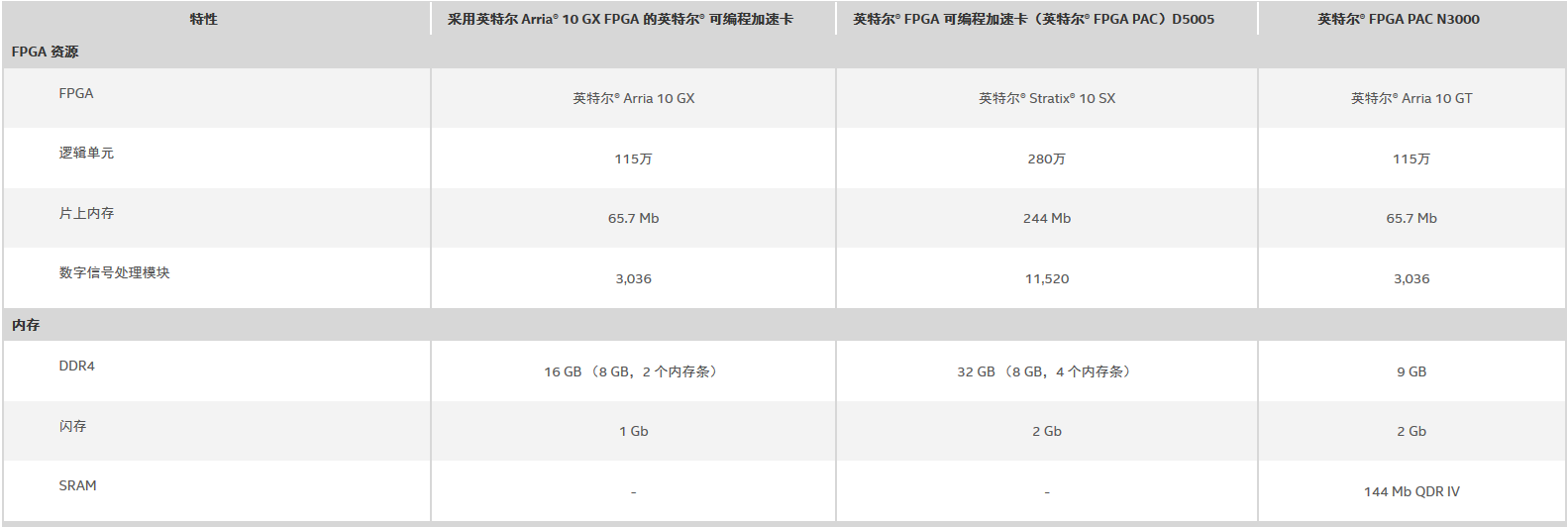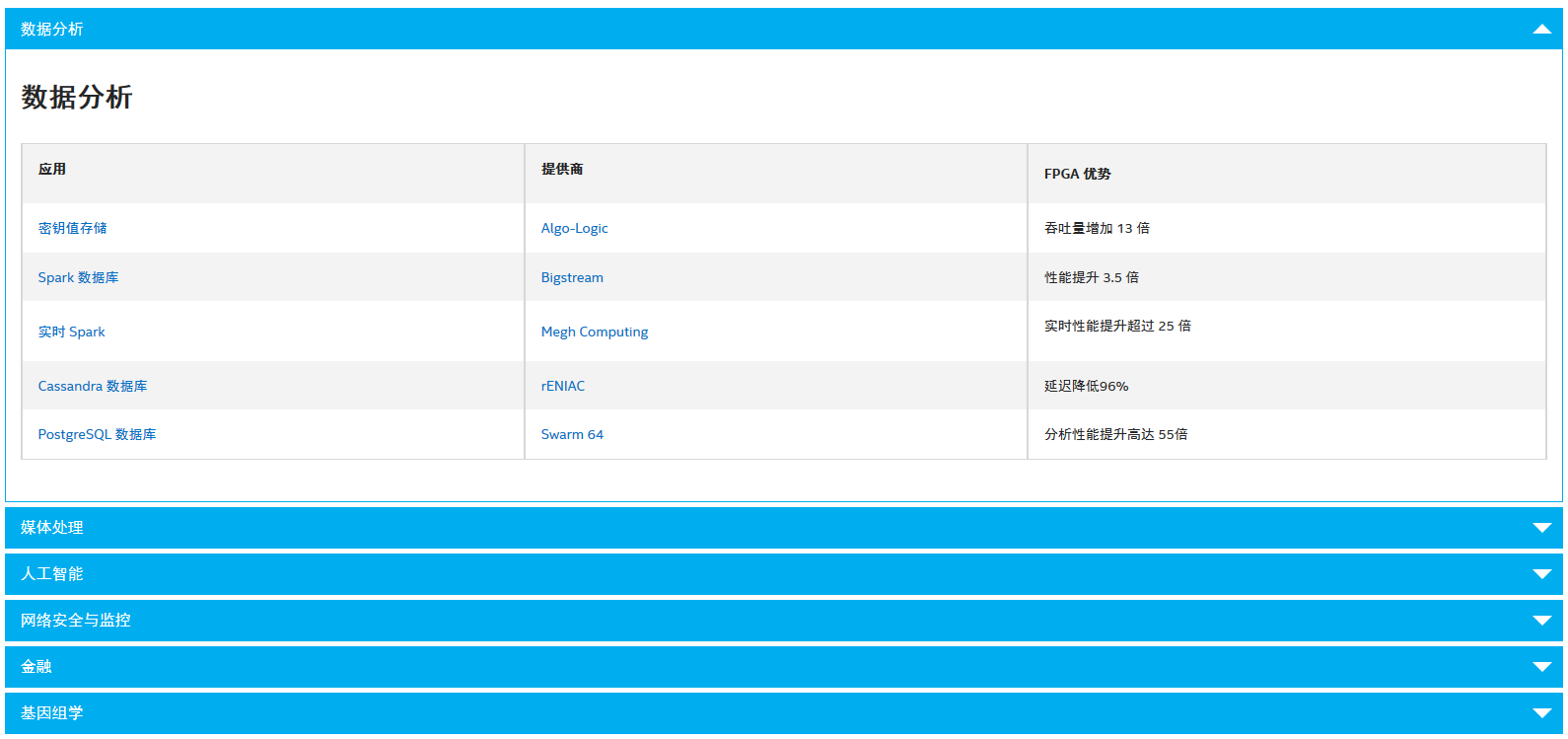Intel today announced the launch of the D5005 Programmable Acceleration Card based on the Stratix 10 SX FPGA, which has been used in the HPE ProLiant DL3809 Gen10 server.
Intel announced the launch of the Programmable Acceleration Card in 2017 as a comprehensive platform for using FPGAs in the data center, with the first product consisting of the 20nm Arria 10 GX. In 2018, Intel announced that it would launch the PAC with the newer 14nm FPGA, and today the product was officially unveiled, with Hewlett Packard Enterprise (HPE) jointly announcing the launch as a launch partner.

The new Intel FPGA PAC D5005 accelerator is the second generation in the PAC product family and contains a Stratix 10 SX FPGA. The PAC also comes with Intel's acceleration stack, which provides drivers, application programming interfaces (APIs), and an FPGA interface manager. It also contains four sets of 32GB DDR4 with ECC; it has two 100Gbps QSFP interfaces, and the card is connected via PCIe 3.0 x16. It has a 215W TDP.
Compared to the Arria 10 PAC, the programmable logic density is three times that of the Arria 10 PAC, the DDR4 memory is four times higher, and the Ethernet ports are twice as high, with speeds from 40GbE to 100GbE.

Intel's three accelerator cards, each with its own characteristics

Accelerator Card Product Comparison
Building a smart ecosystem for the future
HPE is the first company to announce that it will pre-certify the D5005 into its servers, with the OEM of the HPE ProLiant DL380 Gen10 server. Target workloads include streaming analytics, video transcoding, financial technology, genomics and artificial intelligence.
Currently, Intel is working closely with leading accelerator providers in various fields to create products that are best suited for FPGA acceleration and is committed to providing complete Intel solutions. These solutions take advantage of the powerful performance and versatility of FPGA acceleration and use the acceleration stack for Intel Xeon CPUs that include FPGAs. The acceleration stack provides a common developer interface for application and accelerator function developers. The acceleration stack works together with acceleration libraries and development tools to save developers time and enable them to reuse code on multiple Intel FPGA platforms.
As shown in the figure, Intel has partners providing acceleration stack applications in six major areas.

In addition to partner solutions, Intel also uses a broad ecosystem to unite a group of server OEMs and system integrators to ensure that customers and solution partners can take full advantage of powerful hardware acceleration and a flexible, easy-to-use software development environment to provide the broadest compatibility and enable large-scale deployment, such as HPE.
In addition, Intel has recently increased its cooperation in China, announcing the signing of long-term cooperation plans with Baidu and Lenovo, and will continue to cooperate in the fields of artificial intelligence, autonomous driving, 5G and high-performance computing to solve technological challenges in China and around the world.
Previous article:RISC-V is really going to the sky this time
Next article:Xilinx Expands Alveo Portfolio to Transform Data Center Platforms
- Popular Resources
- Popular amplifiers
- Detailed explanation of intelligent car body perception system
- How to solve the problem that the servo drive is not enabled
- Why does the servo drive not power on?
- What point should I connect to when the servo is turned on?
- How to turn on the internal enable of Panasonic servo drive?
- What is the rigidity setting of Panasonic servo drive?
- How to change the inertia ratio of Panasonic servo drive
- What is the inertia ratio of the servo motor?
- Is it better for the motor to have a large or small moment of inertia?
 Professor at Beihang University, dedicated to promoting microcontrollers and embedded systems for over 20 years.
Professor at Beihang University, dedicated to promoting microcontrollers and embedded systems for over 20 years.
- LED chemical incompatibility test to see which chemicals LEDs can be used with
- Application of ARM9 hardware coprocessor on WinCE embedded motherboard
- What are the key points for selecting rotor flowmeter?
- LM317 high power charger circuit
- A brief analysis of Embest's application and development of embedded medical devices
- Single-phase RC protection circuit
- stm32 PVD programmable voltage monitor
- Introduction and measurement of edge trigger and level trigger of 51 single chip microcomputer
- Improved design of Linux system software shell protection technology
- What to do if the ABB robot protection device stops
- The US asked TSMC to restrict the export of high-end chips, and the Ministry of Commerce responded
- The US asked TSMC to restrict the export of high-end chips, and the Ministry of Commerce responded
- ASML predicts that its revenue in 2030 will exceed 457 billion yuan! Gross profit margin 56-60%
- Detailed explanation of intelligent car body perception system
- How to solve the problem that the servo drive is not enabled
- Why does the servo drive not power on?
- What point should I connect to when the servo is turned on?
- How to turn on the internal enable of Panasonic servo drive?
- What is the rigidity setting of Panasonic servo drive?
- How to change the inertia ratio of Panasonic servo drive
- Gesture sensor
- The mastery of analog circuits is divided into three levels
- Application of INA series current detection devices in TWS battery box
- KL25 uses low power timer to wake up MCU with low power consumption
- Working principle of Bluetooth module
- [RVB2601 Creative Application Development] Unboxing
- Would you consider domestic DDR4 memory?
- Analysis of the advantages and disadvantages of UWB high-precision positioning technology
- GD32E231 DIY Contest (4) - How to get long and short keys?
- How to Choose the Correct Thermistor for Your Temperature Sensor

 TLC393QD
TLC393QD
















 京公网安备 11010802033920号
京公网安备 11010802033920号